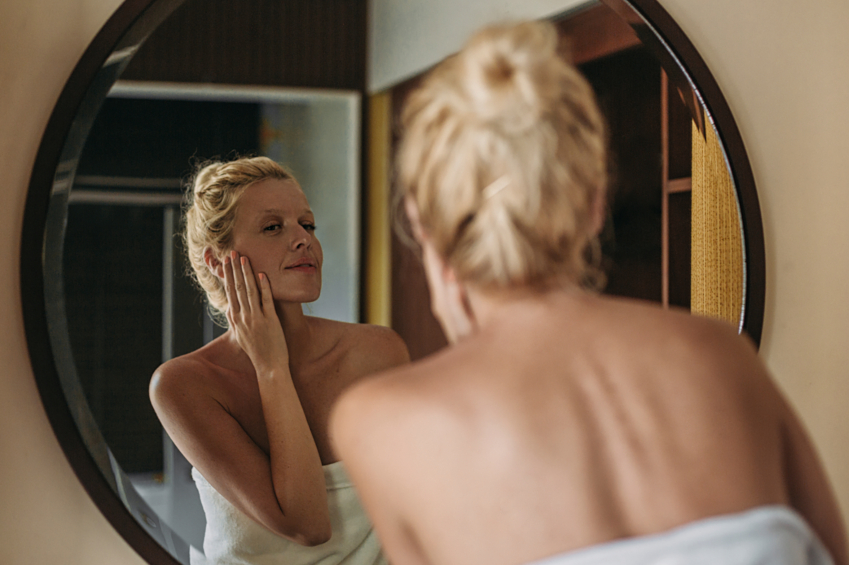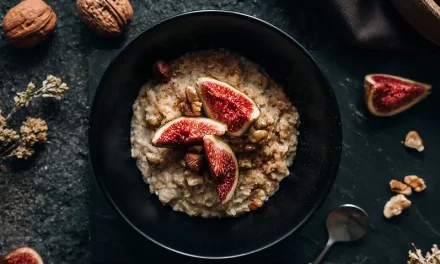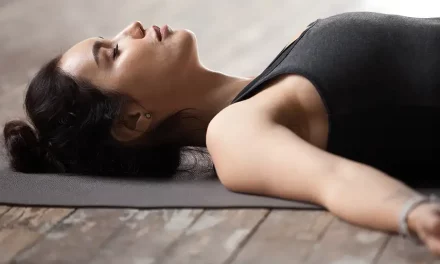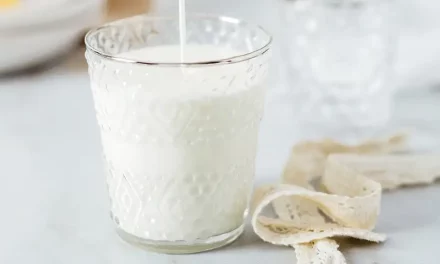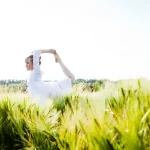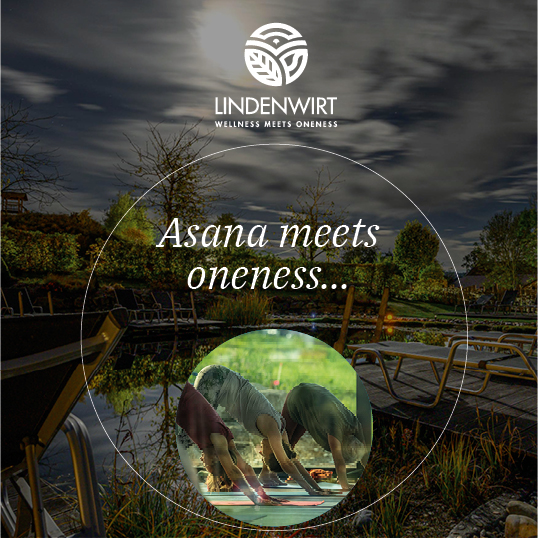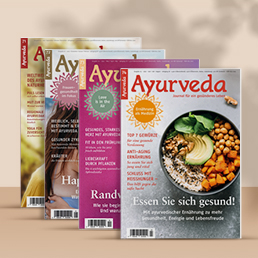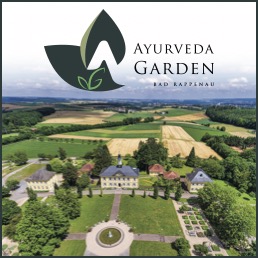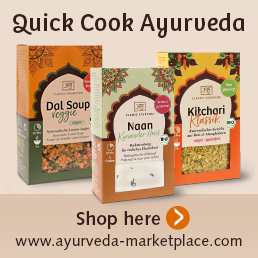Through the topic of anti-aging, prevention and maintaining health have become more of a focus of interest. Here, modern medicine and Ayurveda seem to meet on a new level.
The three pillars of modern anti-aging medicine are:
- Nutrition including dietary supplementation through orthomolecular therapy.
- Lifestyle
- Hormone therapy
Lifestyle old and new
The recommendations on diet and healthy lifestyle could often be taken from Ayurvedic textbooks. For example, “dinner cancelling”, i.e. skipping the evening meal, and calorie reduction are effective methods of stimulating growth hormones.
Thus, the importance of sleep, stress, exercise and time management is emphasised, all of which were already defined in the Svasthavritta, the Ayurvedic health teachings, over 2000 years ago.
The administration of orthomolecular therapeutics aims to render free radicals harmless through antioxidants. Classical Ayurveda has always emphasised a lifestyle that does not generate so many free radicals in the first place and at the same time counteracts them with recipes such as the famous Chyavanprash (a mush based on Amla fruits prepared with numerous medicinal plants).
Hormone therapy aims to specifically influence the ageing process by administering rejuvenating hormones such as STH, DHEA, melatonin, pregnenolone, serotonin, oestrogens, progesterone and testosterone.
Ayurveda views this pillar critically, as such administration is not about secretions that our body can no longer produce due to a disease and therefore requires substitution. It is also not about the idea of helping people to help themselves by stimulating individual glands – instead, highly effective products are administered in high doses, the effects of which are not always foreseeable.
Ayurveda also knows about the power of healthy hormones and their potential for rejuvenation. Only the method of stimulating them differs and is based on order-therapeutic principles such as sleep hygiene, meal reduction and optimisation, and regular cleansing cures followed by restorative measures. Phytotherapy can target hormones with fewer side effects, which has been sufficiently researched and proven in the context of phytoestrogens, for example.
Holistic rejuvenation through Ayurveda
Rejuvenation is described in Ayurveda with the term Rasayana. Rasa means nourishing essence and Ayana is the path through various channels.
Rasayana therapy has both general and specific rejuvenating effects. Thus, rasayana treatment can be targeted for ageing organs such as our heart, brain or skin with the aim of protecting them from further deterioration, supporting their functionality and accelerating their regeneration.
The possibility of rejuvenation begins in essence with birth. If you understand your constitution with all its strengths and susceptibilities, you can support those structures and functions that age more quickly due to their constitution already at a young age.
Especially Vata stressed natures tend to degenerate faster due to the qualities that control them and should therefore use the power of rejuvenation at the latest in the second phase of life. The measures can be classified as Dravya (substance-dependent) and Adravya (substance-free) Rasayana. In addition to selected foodstuffs such as ghee (clarified butter) and sharkara (product of Amla Natur GmbH) (medicinal cane sugar), special medicinal plants with rejuvenating rasayana potential are used – here are a few examples:
- Amalaki – Emblica officinalis – has a defence-increasing, heart-strengthening, blood-building, skin-regenerating effect.
- Ashvagandha – Withania somnifera – strengthens, builds muscle, modulates the immune system, promotes sleep and regenerates.
- Brahmi – Bacopa monniera – rejuvenates the nervous system, strengthens the heart, promotes sleep and increases brain performance
- Guduchi – Tinospora cordifolia – supports digestion and metabolism, protects the liver, rejuvenates the skin and has an immune-modulating effect
- Pippali – Piper longum – rejuvenates the respiratory tract and optimises oxygen intake capacity
- Sariva – Hemidesmus indicus – an excellent rasayana after pregnancy and for children with specific reference to the blood and skin
- Shatavari – Asparagus racemosus – the plant for rejuvenation during menopause
From these and many other medicinal plants, true rejuvenating cocktails can be prepared after a thorough Ayurvedic diagnosis with constitutional research. However, please consult an experienced therapist for this, as self-prescription may not have the desired effects and may also have undesirable side effects in some cases.
Substance-free Adravya-Rasayana methods include breathing exercises, harmonious movements and bodywork as in yoga asana, mental techniques of concentration, focus and meditation. A value-oriented life, the fulfilment of sensual needs, material security, regulated interpersonal relationships and spiritual orientation are also among the central elements of Rasayana. When the feeling of inner peace, harmony and happiness spreads through you, you are very close.

Issue 27 – Mental Balance
In this issue of Ayurveda Journal, special attention is given to mental balance. Maintaining a balanced mental state with the right amount of rest and action or restoring it through an Ayurvedic cure.
Unfortunately the issue is no longer available.

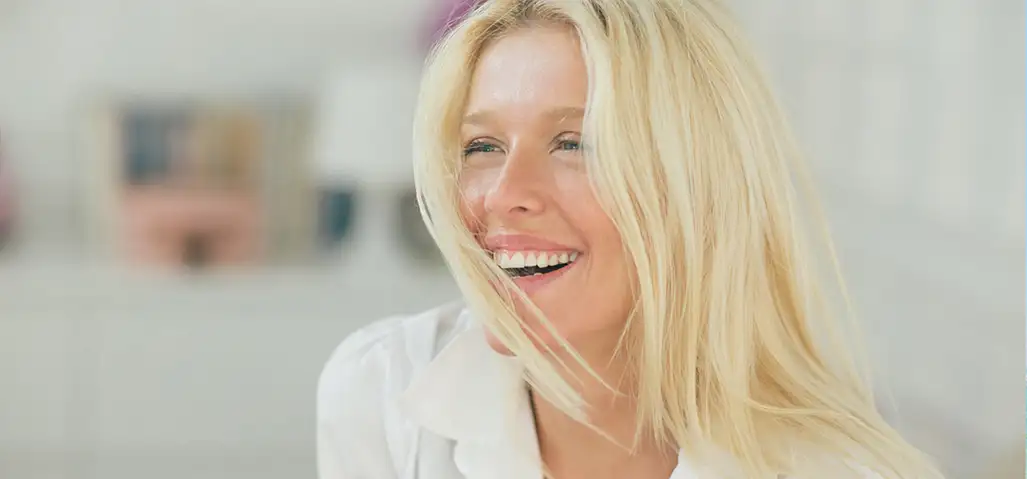 © Lumina / Stocksy United
© Lumina / Stocksy United 